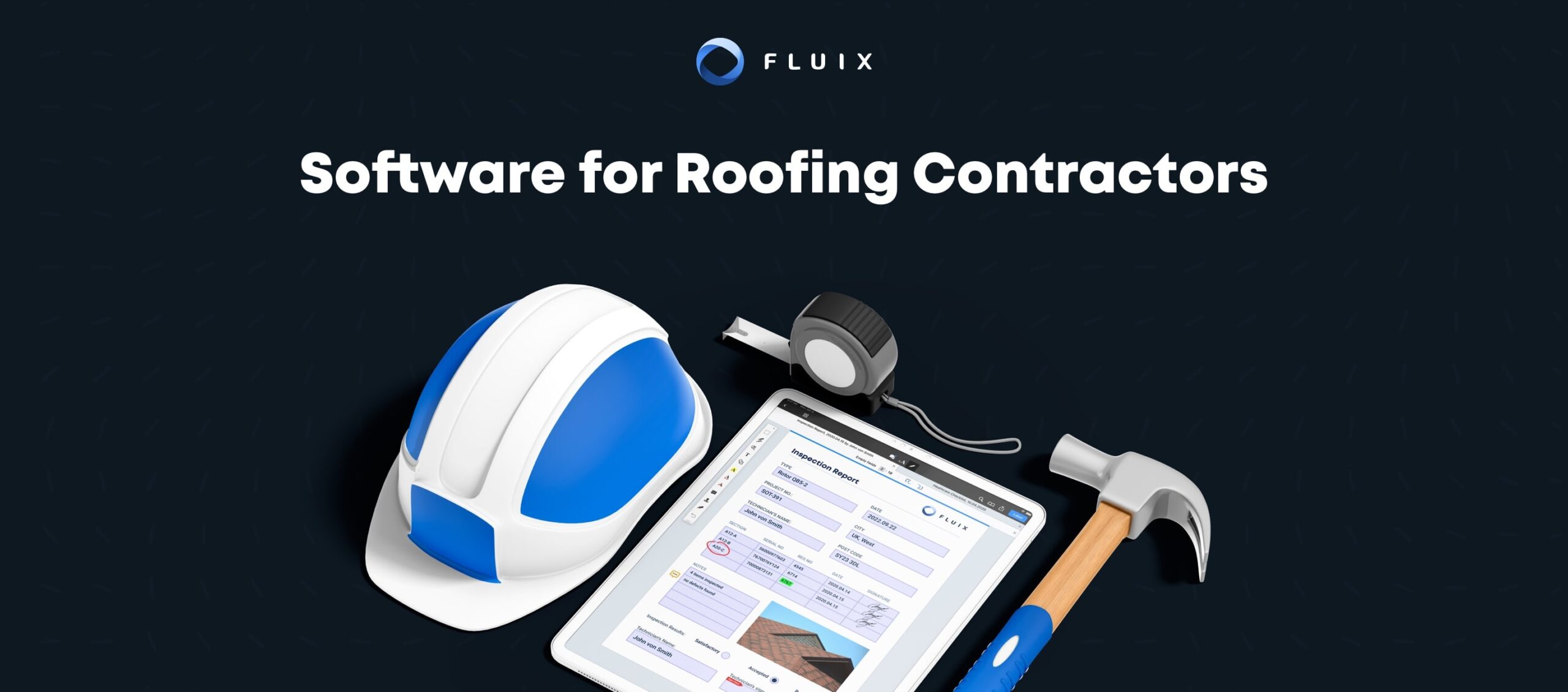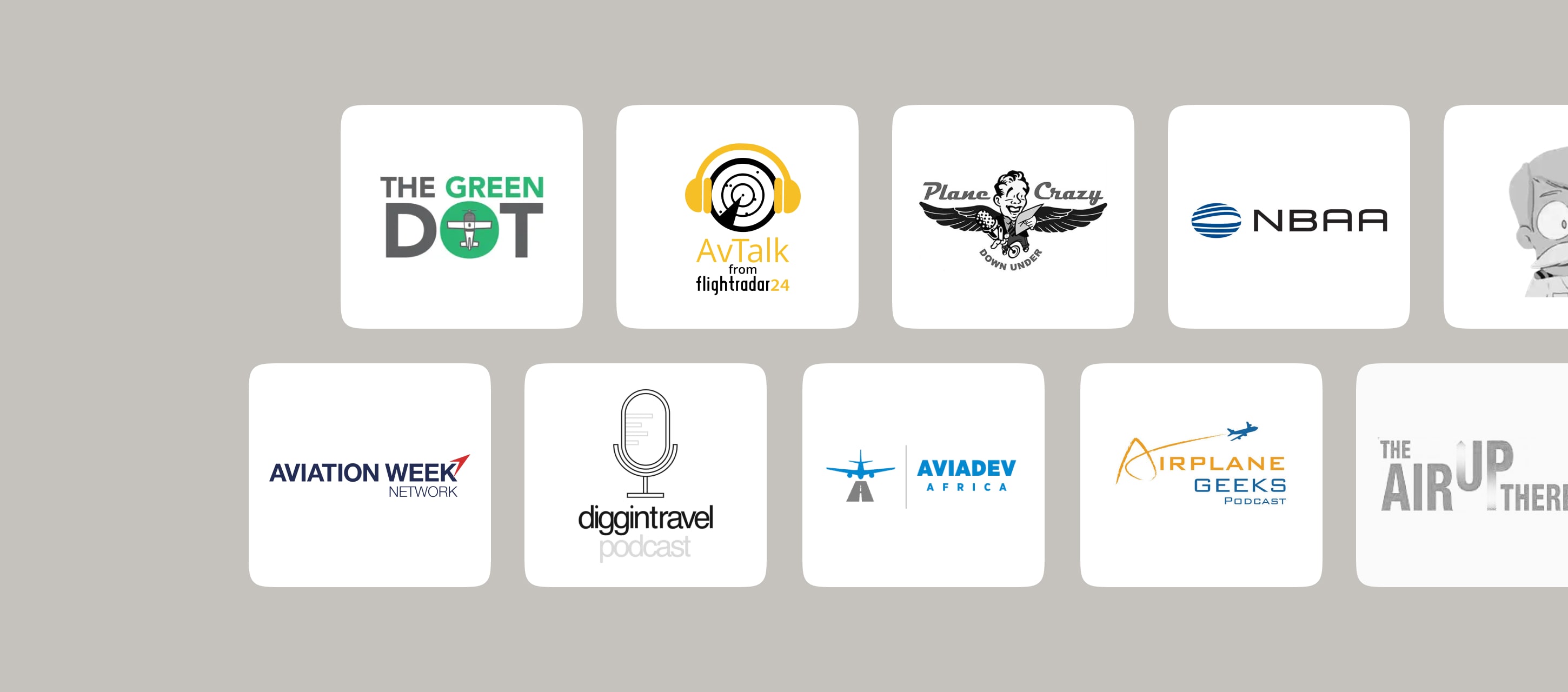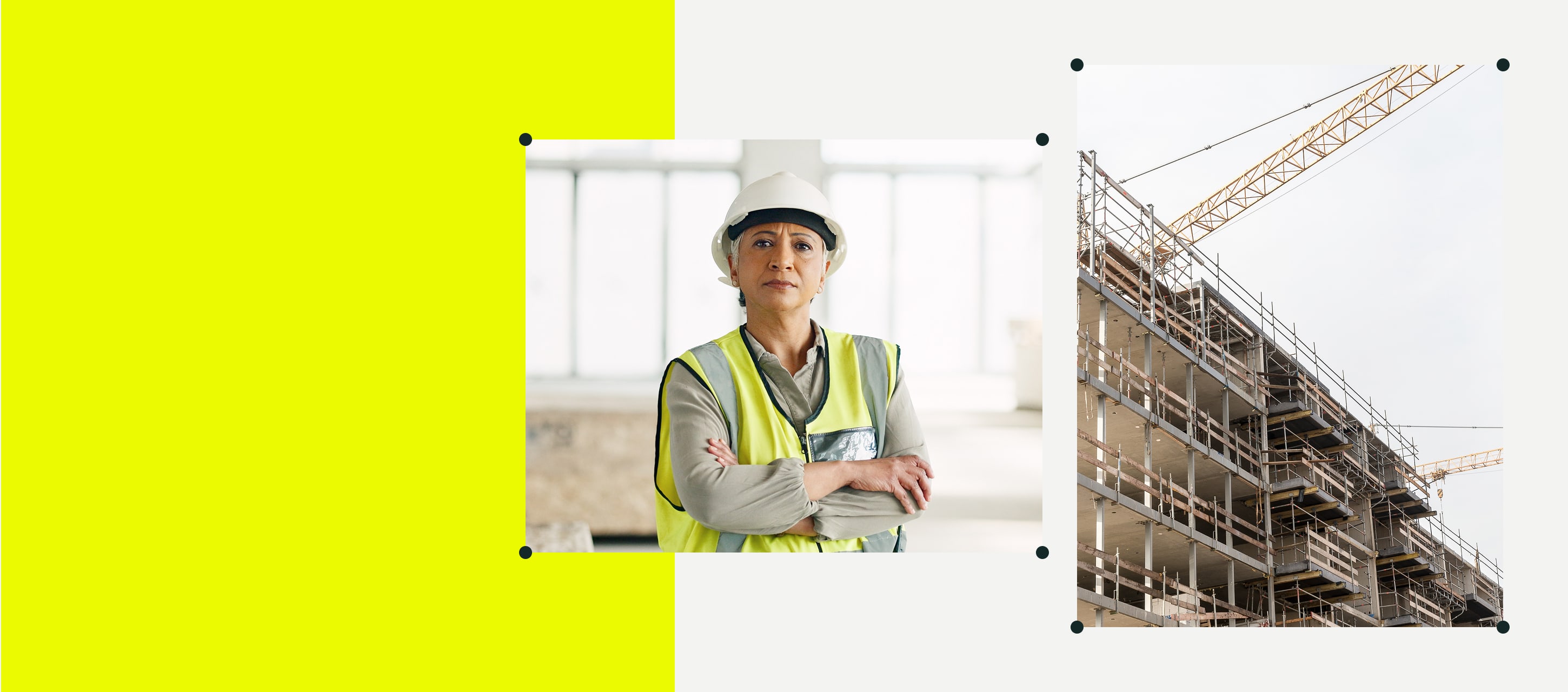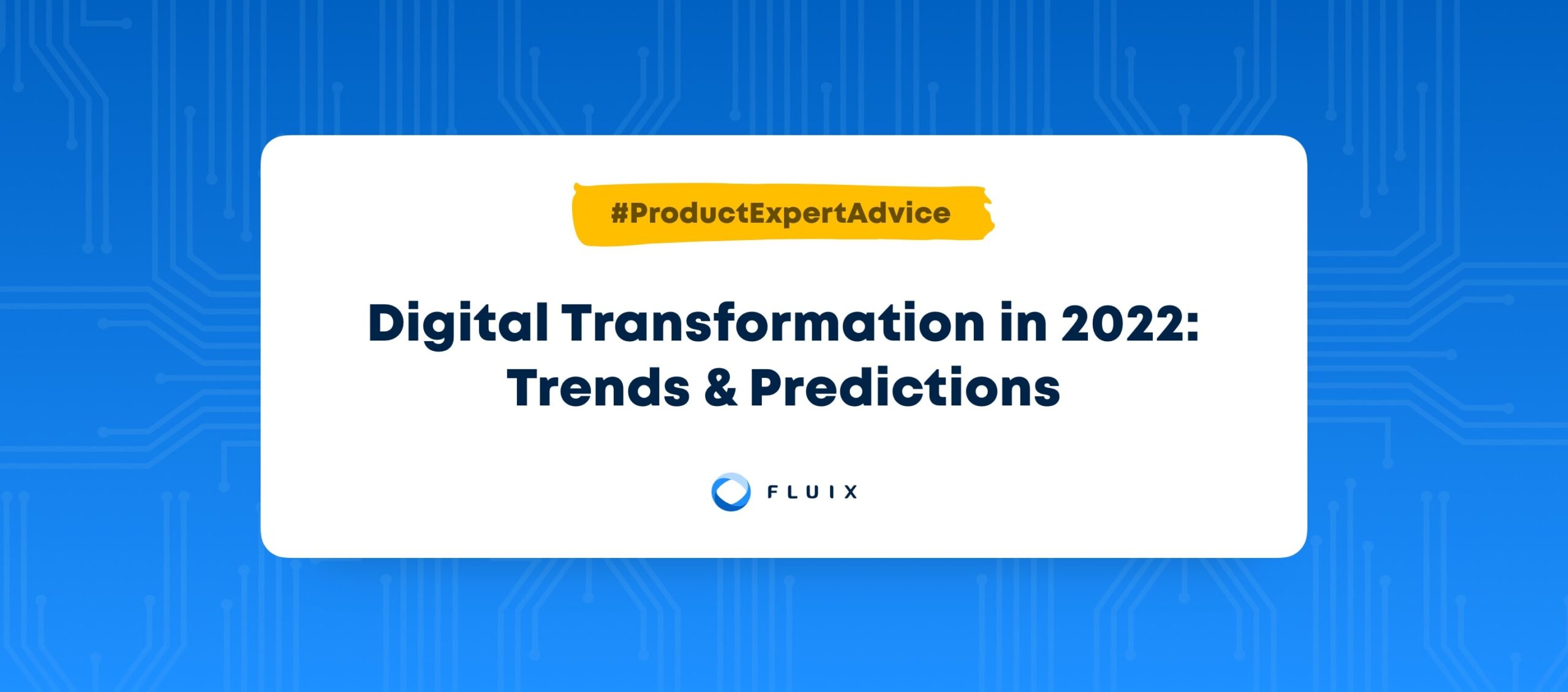Providers in the roofing industry play an important role in what we know as the built environment. When it comes to shelter, the roof is an essential part of protecting interior spaces from the sun, rain, snow, wind, and extreme temperatures.
Roofing companies install, repair, and replace these critical parts of a building’s structure and functionality. The lack of a functional roof can make a building unusable or uninhabitable. Between residential, commercial, and industrial applications, the roofing industry is one that is rich with opportunities for experienced providers.
As with other sectors of construction, technology continues to impact and transform the roofing sector in surprising ways. New roofing technology and other innovations help streamline business processes, improve project quality, and offer distinct advantages to clients throughout the industry. If you’re wanting to know how to grow a roofing business, it’s worth exploring the various ways that technology is bringing the industry forward.
Customer Relationship Management Software
It’s impossible to do business without customers. It’s also impossible to grow or maintain your business with poor customer management. Customer relationship management software or CRM helps business owners keep track of customer requirements, projects, invoices, and other pertinent data.
These systems can also take data from various communications channels, including your website, social media platform, emails, and more, providing insight into your target customers and their needs, habits, and characteristics. Understanding what drives the entities in need of roofing services can help you identify strengths, weaknesses, opportunities, and threats that can help you increase market share and grow your operations.
Storm Tracking Apps
Thunderstorms, hailstorms, and other extreme weather events can cause mild to severe damage to roofing systems. Apps that track storms can help roofing contractors market their services to potential customers ahead of time. If you know that a major storm will impact a particular area, you can target your marketing strategies, including social media platforms, to those within a certain radius of the affected area.
While it’s impossible to know how bad a storm will be before it hits, you can emphasize repair and replacement service and brand awareness before and after with the aid of tracking software.
Effective Communication on Job Progress with Subcontractors, Clients and Site Workers
Сlient change order, procurement, daily logs, timesheets, photo storage, and more
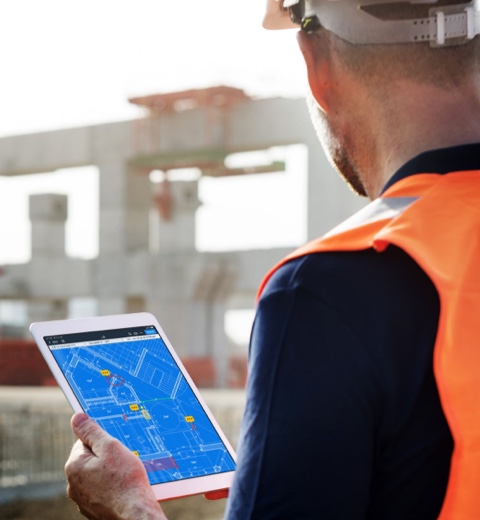

Eco-Friendly Roofing Options
Environmental friendliness is one of the more popular roofing industry trends worth your consideration. Individuals and organizations alike are interested in materials and configurations that are sustainable and implement some of the concepts found in green buildings and net zero design.
Many of these options may also result in boosted energy efficiency and potential savings for property owners. Consider these eco-friendly alternatives if you’re looking for ideas on how to grow a roofing business:
- Clay tiles: Sustainably sourced, these tiles allow hot air to circulate instead of being trapped and driving up cooling costs.
- Cool roofs: These roofs use a special combination of lighter-colored materials and adhesive that reflect the sun’s rays, keeping temperatures down. These roofs also tend to last significantly longer than traditional roofs.
- Living roofs: A living roof replaces traditional tiles or shingles with grasses and other plants, transforming your rooftop into a lush, verdant, and aesthetically pleasing garden.
- Metal roofs: Similar to clay tiles, metal roofs reflect the sun’s rays away from the building. This type of roofing comes in a variety of colors and styles, providing versatility as well as durability.
- Slate tiles: These tiles are fire-resistant, durable, and eco-friendly. Slate tiles can also be coated to bounce the sun’s rays away, keeping buildings cooler.
- Solar roofing: Available as solar panels for an existing roof or tiles, solar roofing converts sunlight energy into electricity. Not only does this result in savings on cooling, but in some places it can earn tax breaks for customers.
- Synthetic shake shingles: This durable roofing option is not only sustainably sourced and fire-resistant, but it is also resistant to impacts. Synthetic shake shingles also boost your home’s insulation for improved energy efficiency.
- Wood shingles: Because they’re made of wood, these shingles can be recycled and repurposed as reclaimed wood.
Each of these alternatives comes with advantages and disadvantages based on a number of factors such as geographic location or the structural design of the underlying roof structure. Be sure to do your research, including assessing the demand for these options.
Drone Technology
Unmanned aerial vehicles or drones have proven beneficial to the construction industry in general. Originally conceived and implemented for military use, these devices provide value to roofing operations.
Falling from elevated platforms is one of the leading causes of death and injury in construction. Drones are a safer alternative to visually inspecting roofing systems and capturing photos. They improve site safety. They can also be more affordable than equipping personnel with the appropriate fall protection or fall-arrest systems.
Project Management Software
Project management software has helped many construction practitioners improve project performance, especially with respect to cost control and schedule maintenance. Similarly, new roofing technology helps roofing operators prepare more realistic cost estimates and project schedules. Earning a reputation for accurate costs and schedules is a plus for your roofing business and helps with word-of-mouth promotion and customer retention.
Computer-Aided Design and Drafting
While the concept of CADD is not new with respect to the built environment, this technology can help roofing businesses like yours model existing and new roof designs in 2D and 3D environments. These models can help with analyzing an existing roof for repairs or developing a new roof as a replacement or installation. CADD software can also help you optimize your design for materials, weight, and other project-specific criteria.
Fluix is another technological step forward that can boost your roofing business. This powerful, scalable, and lightweight platform can help you mitigate and manage roofing industry trends with various features, including workflow automation, data reporting, form building, and form filling among others.
Whether you’re looking to streamline internal processes or client-facing procedures, Fluix works with mobile devices without the need for coding or special operating systems. Find out how this platform can help you grow your business. Try a free, 14-day, no-obligation trial without a credit card today.

